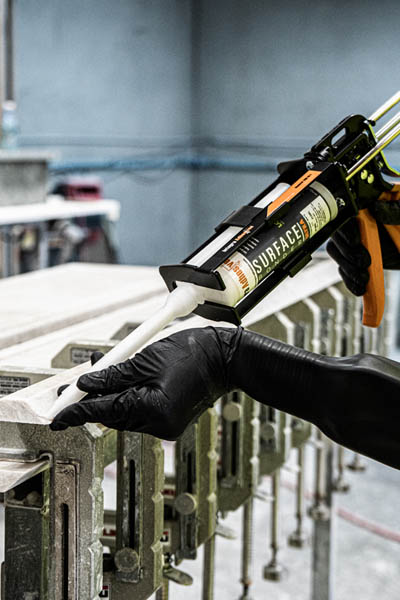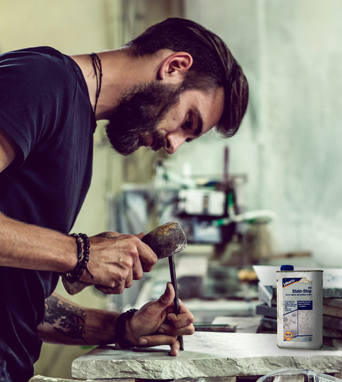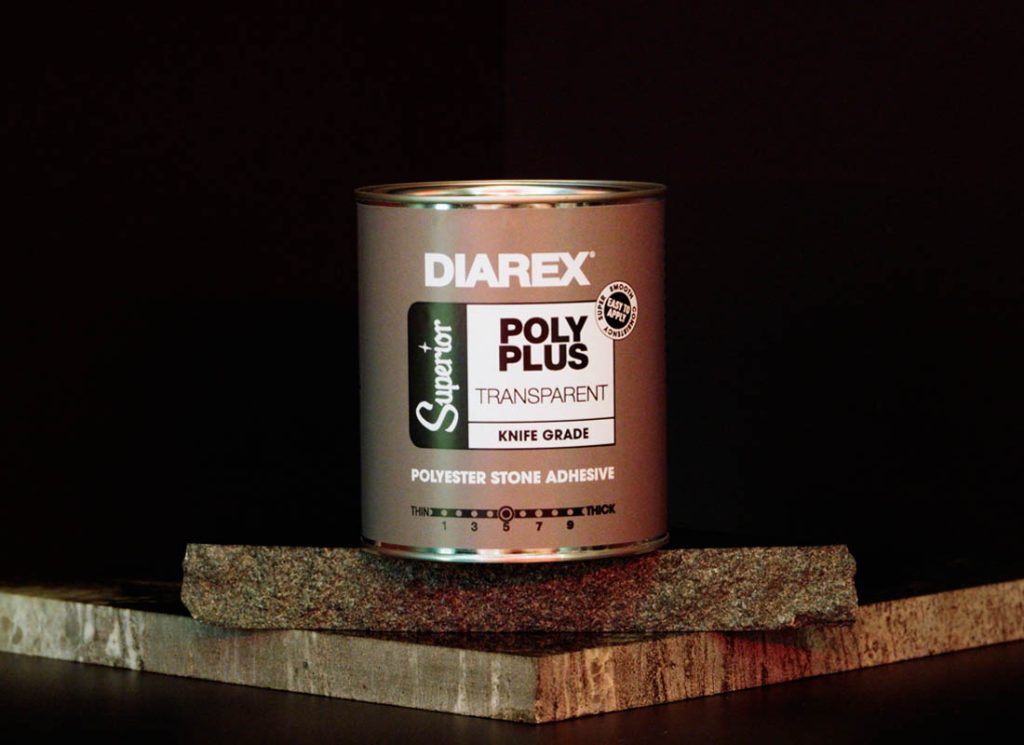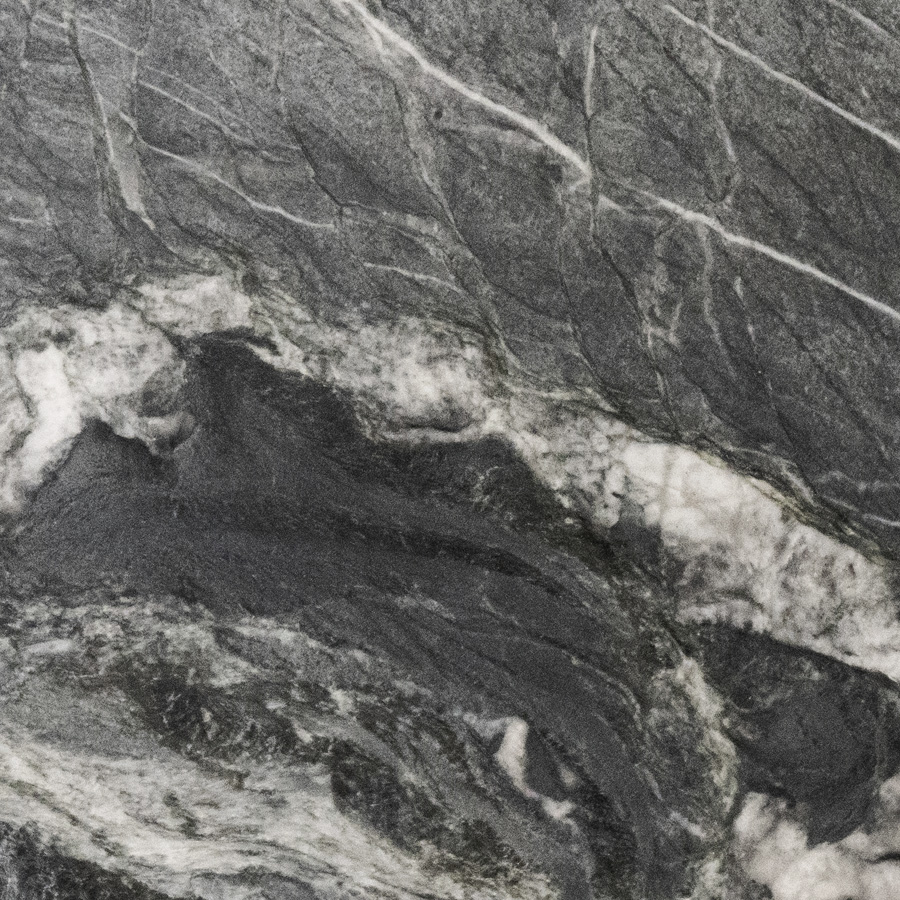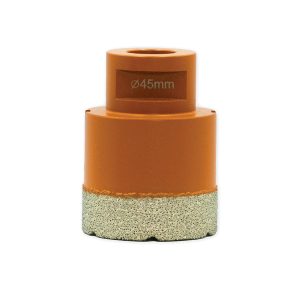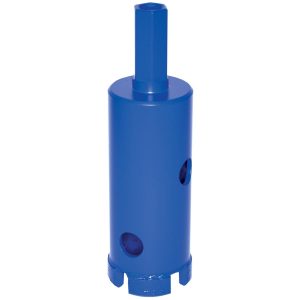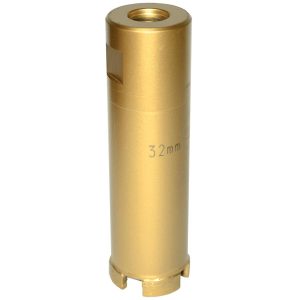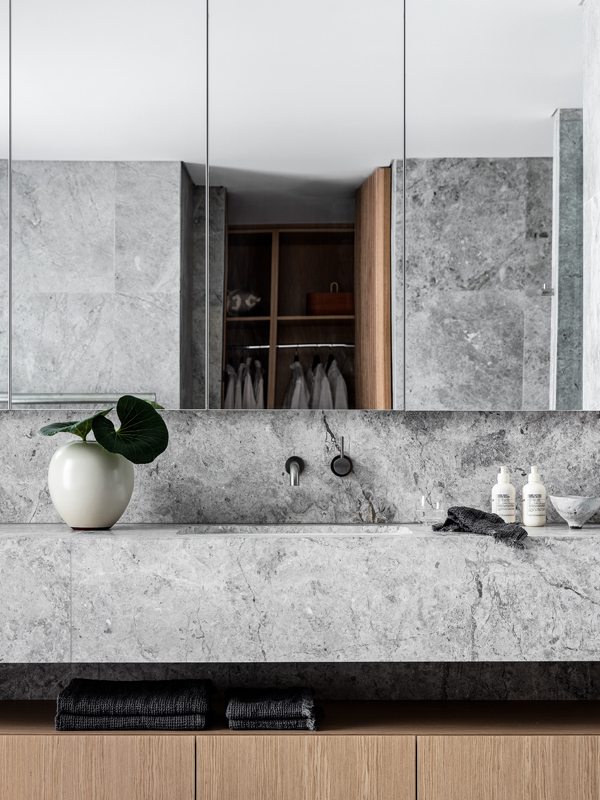Tools & Equipment
Adhesives: Detailed Insights for Effective Use in Stonemasonry
CDK Stone Q&A Series:
Adhesives
Choosing the right adhesive is crucial for successful bonding applications, especially when working with various materials like Natural Stone and porcelain. In Australia, a wide variety of adhesives are available, each offering different features to suit specific project needs.
Q: What are the differences between polyester, vinyl ester, Methacrylate, Epoxy and Polyaspartic adhesives?
A: Understanding the differences in adhesives is key to choosing the right one for your project. Polyester adhesives, like Diarex Poly Plus and Tenax Solid, set quickly and are cost-effective, making them ideal for fast repairs and stonework bonding. However, they can bleed into natural stones, potentially affecting their appearance.
Vinyl ester adhesives combine the best features of both epoxy and polyester adhesives, offering superior moisture resistance compared to polyester-based options. Products like Tenax Titanium exemplify typical vinyl ester adhesives. Similarly, Superior Pearl provides enhanced bond strength along with better resistance to moisture, chemicals, shock, UV, and heat.
Methacrylate adhesives are valued for their rapid curing time and strong bonding capabilities. These adhesives can form both mechanical and chemical bonds, making them highly versatile for various stone surfaces, including ceramics. Products like Integra Rapid, Integra Zero, and Integra Rodding Bonder are specifically designed to optimise bonding in stone applications, making them best suited for projects requiring quick assembly.
Epoxy Adhesives are preferred for the most critical bonding tasks where maximum strength is essential. Although epoxy adhesives like Tenax Domo 10 and Megapoxy offer superior bonding strength, they have lower UV resistance compared to other adhesives and are slower to cure fully. This makes them suitable for applications where durability and strength are more important than cure speed and UV resistance.
Polyaspartic adhesives, like Integra Ultra, combine the strength and durability of epoxy with outstanding UV resistance. They cure quickly and are ideal for both indoor and outdoor applications where long-term durability and resistance to weathering are essential.
Q: What are modified adhesives?
A: Superior GOLD is an example of a modified adhesive, blending qualities from acrylics, epoxies, and vinyl esters. It has the durable backbone of an epoxy but cures quickly like polyester or vinyl ester adhesives, becoming tack-free in less than 20 minutes at room temperature. Superior GOLD is versatile in tasks like seaming, mitering, laminating, and more, with a unique chemistry that makes it suitable for indoor and outdoor applications on all material types.
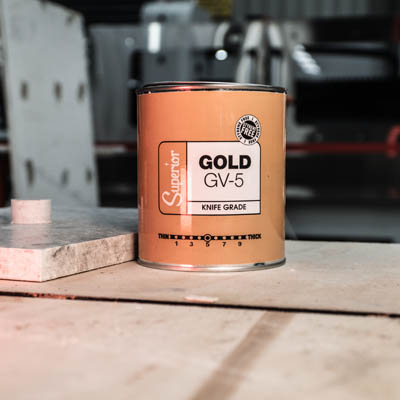
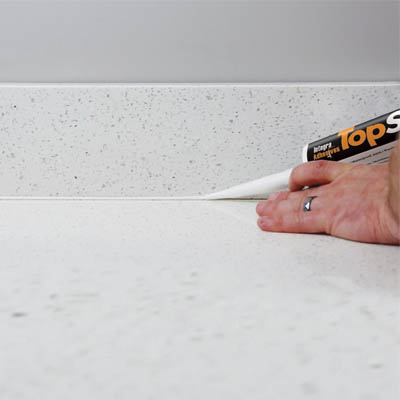
Q: What is MS Polymer and why choose it over silicone?
A: MS Polymer, such as TopSeal, is chosen for its superior functionality and aesthetics compared to silicone. It creates durable, smooth joints that are easier to clean and more resistant to wear and mould. TopSeal’s versatility as a sealant, adhesive, and mounting solution reduces the need for multiple products, simplifying tasks in applications requiring instant tack, such as installing sinks and shower panels. It also offers high UV stability, mould resistance and remains flexible in dynamic environments.
Q: How can I ensure adhesives perform well in extreme climates?
A: To ensure adhesives perform well in extreme climates, proper storage and handling are essential. Keep adhesives in a climate-controlled environment to maintain their properties. In hot climates, cool both the adhesives and surfaces before application. For better handling in warm conditions, consider adhesives with higher viscosity, like Superior Gold’s GV-9. In colder climates, preheat the adhesive and bonding surfaces to ensure smooth application. Additionally, adjust the amount of hardener based on the temperature to control the curing process effectively, opting for adhesives with different viscosities tailored to each climate, except for Epoxy and Polyaspartic/Polyurethane systems, where you should always mix the specified ratio.
Each type of adhesive has unique properties that make it better suited for certain applications, and the choice of which to use should be guided by the specific requirements of the project and the materials involved.
CDK Stone provides support for stonemasons who are using adhesives in a range of applications. They offer guidance in selecting the right adhesives and provide insights on optimal application methods to ensure strong, durable bonds.
Exlpore Our Adhesive range